From the Executive Director: Week of January 18, 2021
19 Jan 2021, by Seth Grigg Share :In the coming days (and the weeks that follow) the Legislature is set to introduce a series of property tax reform bills with the aim of further restricting local government property tax budget increases. When the dust settles, a bill will be introduced to cap annual property tax budget increases at around 4% (inclusive of new construction and forgone property taxes). Over the last 40 years, counties have seen property tax caps come and go starting with property tax budget freezes in the late 1970’s, a 1% cap, a 4% cap, a 5% cap in the early 1990’s, and the 3% cap counties currently operate under.
There has been much said about county property tax budgets and the pace at which they are growing. A recent Idaho Office of Performance Evaluation (OPE) study on county revenues and expenditures sheds light on the reality of county budgets. Among the report’s findings were the following:
- Historically, county budgets have increased less than population growth when adjusted for inflation.
- Current budget caps constrain 20 of 44 counties.
- Statutory levy caps constrain 20 of 44 counties.
The report contains other useful information, including the impact of property tax exemptions on property taxes collected, the impact of property tax exemptions on other taxpayers, and challenges in analyzing and reporting on county budget information due to a lack of uniformity in reporting requirements. The full report is available on the Office of Performance Evaluation’s website or by clicking here. This report, along with OPE’s 2019 report on the impact of state mandates on county budgets (found here) are useful resources in understanding the impact of state policies on county taxpayers.
Another useful national resource for comparing property taxes on a national level is the Tax Foundation. The Tax Foundation, a conservative pro business national think tank, annually ranks states on a variety of tax subjects, including property taxes. According to the Tax Foundation, Idaho ranks as having the 3rd best property tax climate for business (report found here). A separate 2021 study by the Tax Foundation ranks Idaho as having the 34th lowest overall residential property taxes in the nation as measured by property taxes paid as a percent of overall owner occupied home value (report found here).
The Idaho State Tax Commission (ISTC) is a great Idaho resource. The ISTC recently completed its annual report on market values and taxation. The report can be found here. Among the ISTC findings, local government property tax budgets decreased 5.1% from fiscal year 2020 to 2021. The decrease marks the first time since 2006 that the state saw an overall reduction in property tax budgets. Overall market values increased by 9.7%, less than last year’s 14.3% increase. Schools remain the largest beneficiary of property taxes, receiving just over 30% of property taxes collected. Supplemental school levies accounted for $216 million in property taxes, or 11% of all property taxes collected.
I share these reports in the hope that you can familiarize yourself with them and use the information found in them in your discussions with legislators. As legislation is introduced, IAC will continue to research the impacts on counties and share with you the overall fiscal impact on counties and other local units of government. Stay tuned for more information as the session progresses.






